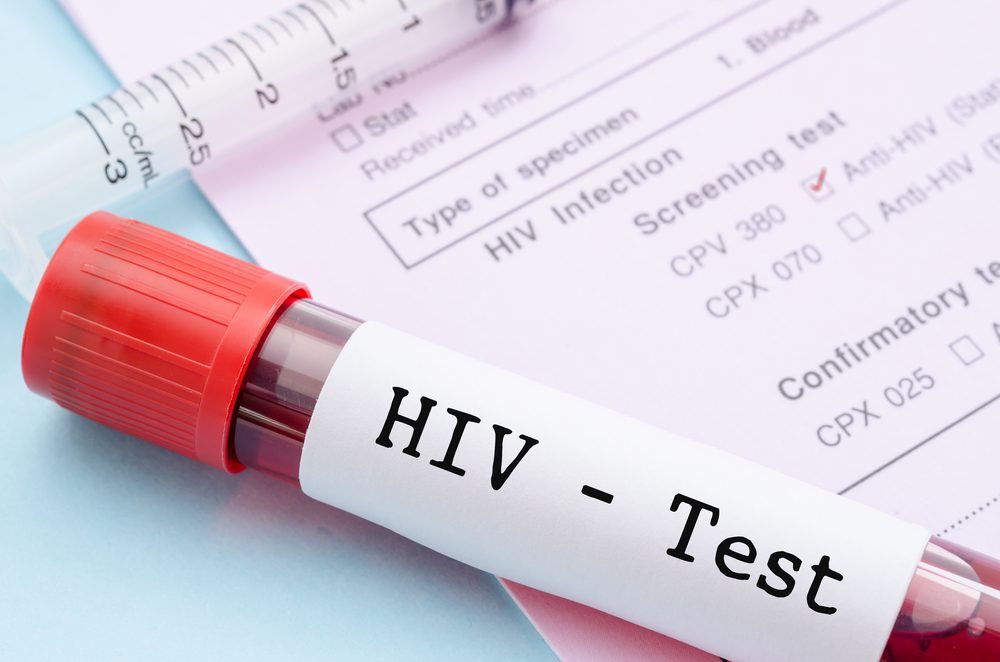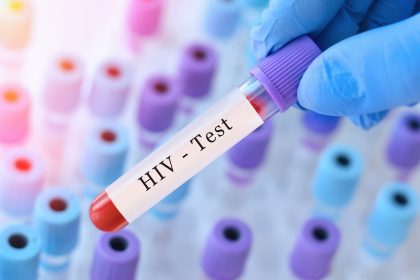Blood cancers are complex diseases that originate in the body’s blood-forming tissues, disrupting the natural processes of cellular development and function. These cancers primarily affect the production and behavior of blood cells, resulting in a range of systemic effects that can influence multiple organ systems. The term “blood cancers” encompasses a variety of conditions, each with distinct causes, progression, and treatment strategies.
The complexity of blood cancers lies in their ability to interfere with vital bodily functions such as oxygen transport, immune response, and clotting. Disruptions in these areas can have profound consequences on a person’s overall health, often requiring careful and targeted treatment approaches.
Disease classifications
Blood cancers are generally categorized into three primary groups: leukemia, lymphoma, and myeloma. Each group has its own subtypes, defined by the type of blood cell affected and its behavior in the body. These distinctions help physicians make accurate diagnoses and select the most effective treatment strategies.
- Leukemia: A cancer of the blood and bone marrow, leukemia involves the overproduction of abnormal white blood cells. There are different types of leukemia, including acute and chronic forms, each affecting patients differently based on the speed of progression and the specific type of white blood cell involved.
- Lymphoma: This cancer arises in the lymphatic system, a critical component of the immune system. Lymphomas are divided into Hodgkin’s lymphoma and non-Hodgkin’s lymphoma, with the primary difference being the presence of Reed-Sternberg cells in Hodgkin’s lymphoma. Both types present distinct characteristics, but both can significantly impair the immune system.
- Myeloma: Myeloma originates in plasma cells, a type of white blood cell found in the bone marrow. This disease leads to abnormal growth of plasma cells, which in turn disrupts the normal production of blood cells and antibodies, leading to complications like weakened bones and kidney damage.
Understanding the specific characteristics of these cancers allows for more effective treatment decisions. Each type has different symptoms, diagnostic tests, and treatment protocols, making it crucial for healthcare providers to accurately identify the cancer type early on.
Recognizing warning signs
The early symptoms of blood cancers are often subtle and can overlap with those of common illnesses. This makes diagnosis particularly challenging. Many individuals may experience symptoms such as fatigue, fever, unexplained weight loss, or frequent infections—symptoms that are also associated with other non-cancerous conditions.
However, as blood cancers progress, more distinct and severe symptoms may manifest, including easy bruising or bleeding, swollen lymph nodes, bone pain, and skin rashes. Recognizing these warning signs early on is essential for prompt medical attention and intervention. Patients should consult healthcare providers if symptoms persist or worsen over time, especially if they do not respond to typical treatments.
Diagnostic considerations
When blood cancer symptoms present, healthcare providers emphasize the need for a comprehensive evaluation. Given the overlapping nature of blood cancer symptoms with other, less severe conditions, accurate diagnosis often requires several steps. Physicians may use a combination of blood tests, bone marrow biopsies, imaging studies, and sometimes genetic testing to confirm the presence of cancer and identify its subtype.
Early and thorough diagnosis is key to developing an effective treatment plan. Due to the variety of possible symptoms and their similarity to other conditions, misdiagnosis or delayed diagnosis can significantly impact the success of treatment. Regular check-ups and being vigilant about unexplained symptoms are essential in identifying blood cancers in their earliest, most treatable stages.
Treatment implications
Once a blood cancer diagnosis is confirmed, treatment plans are developed based on the cancer’s specific type, stage, and the patient’s overall health. Early detection is critical, as it increases the likelihood of successful treatment outcomes. In many cases, treatments such as chemotherapy, radiation therapy, and stem cell transplants are employed to target and eliminate cancerous cells.
Emerging treatments, such as immunotherapy and targeted therapy, are offering new hope for patients with certain types of blood cancers. Immunotherapy works by enhancing the body’s immune system to target cancer cells, while targeted therapy uses drugs to specifically target cancer cells without affecting healthy cells, reducing side effects. Advances in precision medicine are making it possible to personalize treatment to the individual’s genetic profile, improving the chances of treatment success.
As the landscape of blood cancer treatment continues to evolve, patients and healthcare providers have more options than ever before. Although the fight against blood cancers remains challenging, advancements in early detection and treatment provide hope for better outcomes and improved quality of life for those affected.
Conclusion
Blood cancers are complex and varied, but understanding their classifications, symptoms, and treatment options can lead to earlier diagnosis and improved patient outcomes. By recognizing the signs of blood cancers and seeking timely medical attention, individuals can better navigate the challenges of these diseases. Through continued advancements in medical research and treatment, we can expect to see further improvements in the lives of those impacted by blood cancers, making early intervention and personalized treatment strategies more effective than ever before.
















